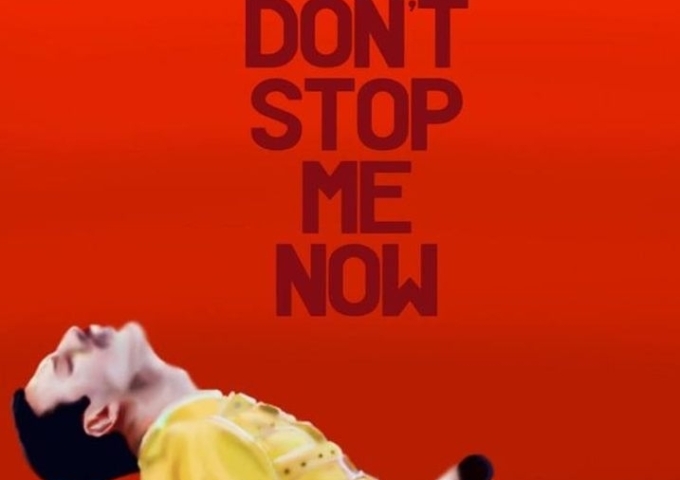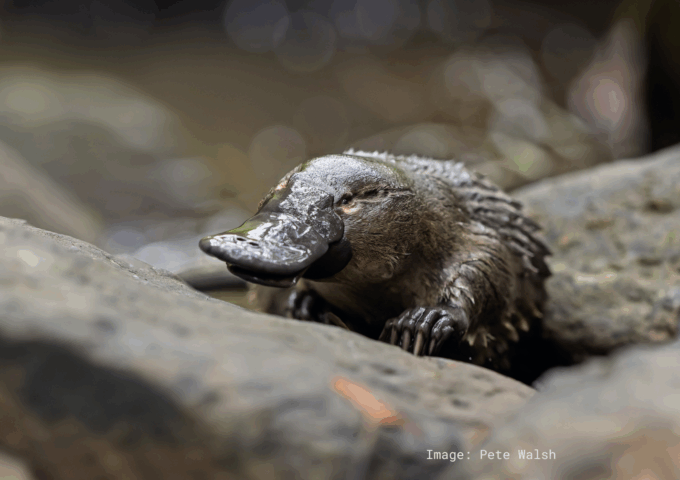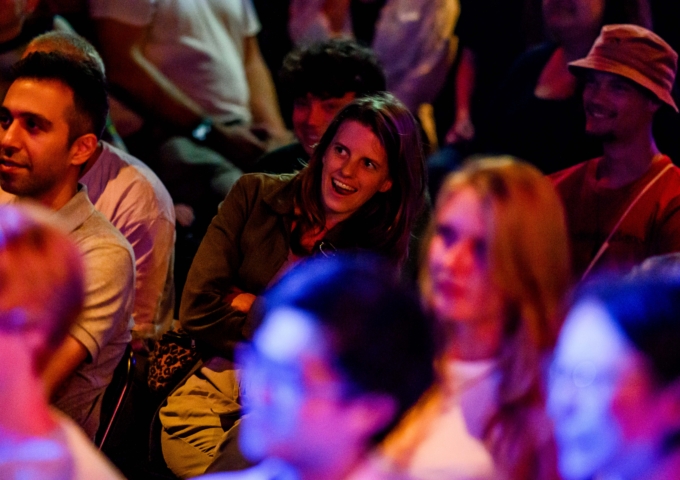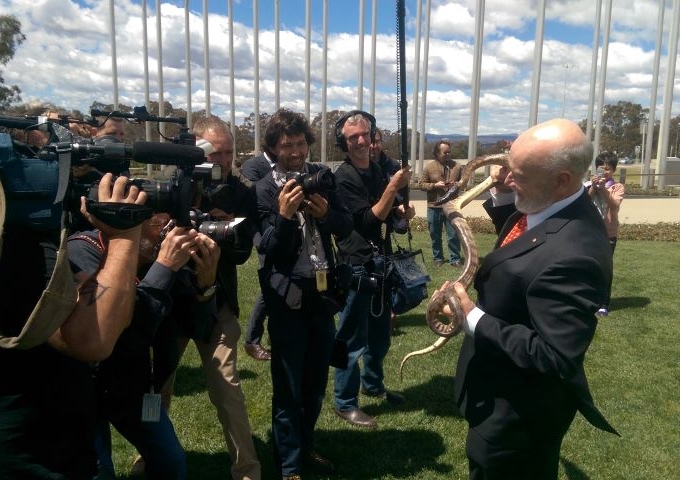
You’ve put a lot of effort into organising your Science Week event. You’re sharing important ideas with the community. So, why not reach a wider audience?
Whether you’re promoting careers in science, exciting people about the night sky, seeking help to discover and protect local plants and animals or explaining quantum science, you can work with local, regional, statewide, national or specialist media to increase the impact of your event.
Top tips for engaging media
Before contacting media, the most important questions to ask are: does your Science Week event have news value and what makes it media worthy?
The answers will vary depending on the media you are targeting.
Local and regional media
This could be your town or suburb newspaper or website or regional radio, TV, websites, magazines.
There’s a cliché in news that ‘all news is local’. We generally care more about what’s happening in our local community than we do about what’s happening across the country or across the world. We care more about what’s happening for people we know or with whom we share interests. We care about things that affect our families and our businesses. But we can also be excited about the wonders of the nature, especially if we can see it in our own backyard.
Local and regional media could be interested in your event because:
- It is local
- It brings interesting people to town
- It features a researcher who grew up in your community
- It tackles issues that matter to your local community – water in Western Victoria, energy transition in many communities, whales in coastal communities, climate change, health, and more.
Remember to share news stories with local Facebook groups and other social media.
National and state media
Consider which national or state media may be interested in the story behind your Science Week event. Examples include, the ABC, SBS, and print or online titles such as The Australian, Guardian Australia, Daily Mail Australia and more. Most media outlets have dedicated sections, including health, business, lifestyle, technology, arts, entertainment, and more.
Do your research. Explore recent coverage and consider how your story is new, adds value to a hot topic, or appeals to a journalist who has written on the topic.
Specialist media
This category, whether magazines, entertainment listings or current affairs shows (radio, TV) have deadlines weeks or months before your event – so get in early.
Finding journalists and media contacts
If you’re part of a larger organisation, such as a university or government organisation, your communication team will have media lists and contacts.
For smaller organisations, individuals, and local events, decide first which media you want to send your media release to and track down local journalists or ‘news tips’ contacts online or by calling their switchboard.
Many stories include an author byline, which gives the name of the reporter who wrote the story and sometimes their email address. Journalists are looking for stories, so their email addresses are generally findable. Many include their email address on their social media account profiles, such as X (Twitter).
The websites of publications and media organisations will also have contact information.
How to write a captivating media release
Journalists are less likely to ignore your Science Week media release if it has:
- A clear and captivating headline (be specific, not clever)
- Three top-line bullet points that demonstrate impact/timeliness
- A first paragraph that summarises ‘The 5Ws’ of your story (who, what, when, where, why) in no more than 25 words.
For inspiration, read headlines and opening paragraphs of newspaper/online stories or listen to what radio presenters/TV news anchors say during ‘lead-ins’ to stories. Or see the examples we’ve included at the end of this page.
Be concise but engaging
Aim for one A4 page or around 400 words for the main body of your media release.
Avoid jargon, use active tense, and make sure quotes from spokespeople (aka ‘talent’) aren’t boring or repetitive. Media love surprising stats, facts, local angles and human stories that spark questions and conversation – so build these into quotes.
As a rule of thumb, feature no more than two spokespeople and one call to action in your media release. For complex topics (best explained by one or more experts) or multiple partners, a good rule of thumb is to list available talent at the end of the media release.
Visuals are key
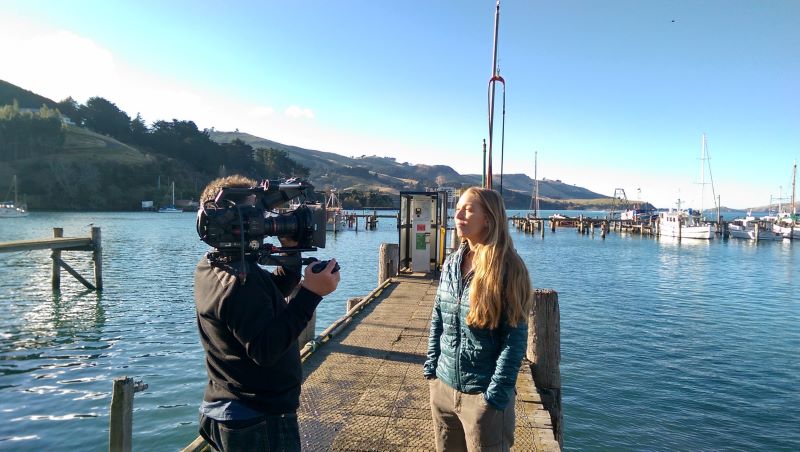 An outstanding photo or video clip can get you media coverage. Read our guide to why visuals are key to your event’s success: www.scienceweek.net.au/show-tell-why-images-are-key-to-your-events-success/
An outstanding photo or video clip can get you media coverage. Read our guide to why visuals are key to your event’s success: www.scienceweek.net.au/show-tell-why-images-are-key-to-your-events-success/
Every media release should include a download link to available visuals (images and video that you own or have permission to share). If you’re aiming for TV coverage, include a line about interesting filming opportunities/action.
Be clear about what’s available. For example:
- meet Jenny the koala and Sarah the scientist at 10 am Tuesday for photos and interviews
- footage available of our speaker swimming with and tagging sharks
- images of constellations and the night sky over Australia available for media use.
Ready to hit the button?
Most media releases are sent via email, which means the subject header becomes the hook and should mirror the headline.
Ideally, the start of your media release (top-line bullet points/first paragraph) will double as a short, sharp ‘story pitch’, which can be pasted into the body of an email, alongside a striking image (embedded as a teaser, not attached).
In fact, it’s best to avoid attachments. Uploading image files or your media release as a pdf increases the chances your email will end up in spam filters or raise potential security concerns about an ‘unknown sender’. Instead, paste the full media release in the body of the email, after the ‘pitch’, or link to a full version hosted online (this will also boost your website’s SEO).
Timing is everything
Send your media release early in the day, ideally before 10am. Unless you have a ‘breaking news’ story, never send a media release after 3pm or late on a Friday afternoon.
If you’re looking for coverage ahead of your event, it’s unlikely media (outside event listings or long-lead magazines) will bite until a few days or week before doors open.
Be prepared
Make sure all spokespeople are available and briefed for interviews (not on holiday, hard to reach or otherwise engaged) before you send out a media release. If you hear back from media, ask what their deadline is, and meet it. Find out what they need and line-up interviews (in-person, on the phone, or even via Zoom).
Examples of headlines and first paragraphs
Here are three examples of the start of media releases used to promote past science events.
Footy Quake: can a rugby crowd register on the Richter scale?
 Science demonstration at GIO Stadium NRL game
Science demonstration at GIO Stadium NRL game- Earthquake scientists available for interview.
The ‘footy quake’ made by rugby league crowd cheers is set to be measured by researchers.
Scientists from ANU’s Research School of Earth Sciences will install a seismometer–a piece of equipment normally used to measure earthquakes–under the main stand at the GIO Stadium for the Raiders versus Dragons NRL match…
Alzheimer’s takes centre stage in acclaimed play
- Care worker and performer Matthew Barker and neurobiologist Dr Tim Sargeant available for interviews
- Media can attend a rehearsal of this performance at SAHMRI, with performers available for interview.
The real-life stories of a care worker and residents of a local memory unit have inspired an award-winning play about Alzheimer’s disease, which returns to Adelaide next week.
Care worker Matthew Barker stars in ‘The Fish Bowl’, which won the Best Theatre and Physical Theatre Award and Holden Street Theatre’s Adelaide Fringe Award…
How will we heal damaged hearts in the future?
- Online public event to share the latest science and answer patient questions
- Scientists available for interviews
- Scientists and cell images available.
Two of Australia’s leading stem cell researchers are available for interview to discuss their vision for healing broken hearts.
They’re part of the panel presenting at a national online event Future Medicine: Healing the Heart held by the health charity the National Stem Cell Foundation of Australia to provide people with access to experts and reliable information.
They’re not promising that these treatments are just around the corner. In fact, they’ll warn against the hype of unproven treatments offered in Australia and by ‘stem cell tourism’ operators overseas…




